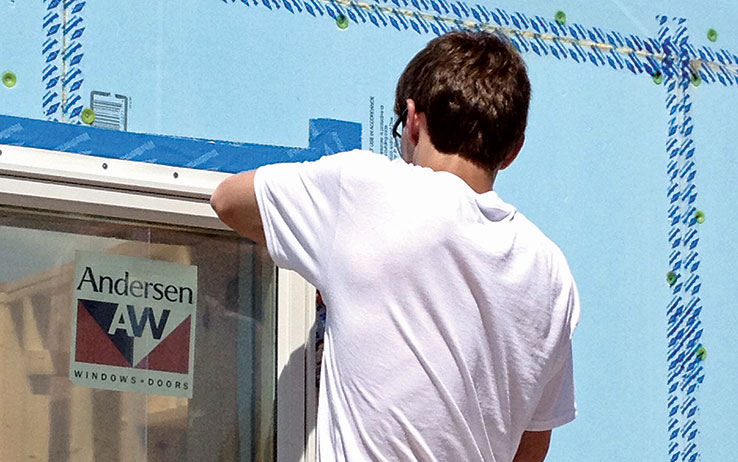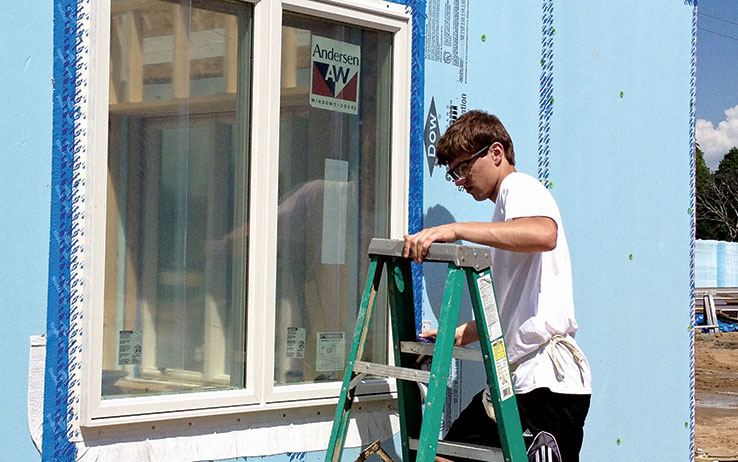
Is it time to think about replacing the windows in your cabin? Below are five reasons why you may want to start lining up estimates.
1. Decaying or deteriorating components.
Older windows are made mostly of wood and glass. Even with regular painting, water can find its way into the wood, creating decay. Seals between double panes of glass can deteriorate, allowing moisture between the panes. Over time, glass will become hazy. Frost inside or between panes also indicates potential problems with either the window unit or its installation. (Note: During extreme temperatures, even high quality, well-installed windows can frost.)
2. Difficulty opening and closing, inoperable or failing to close tightly.
Windows that open and close with difficulty or not at all can indicate either a window problem or an installation problem. Installation problems can show up long after the windows have been installed due to structural shifting from settling, repeated storm impacts or prolonged exposure to wind, sun and moisture.
3. Poor energy efficiency.
The energy inefficiency of older windows can add substantially to heating and cooling costs. The importance of such costs depends greatly on how you use your cabin. If yours is a weekend or occasional getaway, you probably won’t save enough in energy bills to cover the cost of replacement.
4. Maintaining or changing appearance or style.
Sometimes, only one or two windows need replacing, but to maintain a consistent look, you may want to consider replacing all of them. This is especially important if your cabin is subject to zoning or historic preservation regulations. Changing window styles can also contribute greatly to a complete makeover in your cabin’s appearance.
5. Preparing to sell.
If you are selling and your cabin has aging windows, studies suggest that you can typically recover as much as 75% of the cost of replacement in the sale price. If the existing windows are in good shape, you may be able to dress them up at a greatly lower cost with new trim.

Know Your Window Types
Types of windows are classified according to how they open and close:
- Double-hung or single-hung windows have one or two sashes that lift up and down horizontally.
- Sliding windows have sections that slide open to one side.
- Casement windows open out – often by using a hand crank located near the windowsill – and have hinges along the sides.
- Awning windows open out with hinges at the top of the unit.
- The terms “bay” and “bow” refer to a group of windows that jut out from the wall of a home.
- Transoms are typically rectangular-shaped windows that are placed over a door.
- Side lights are long vertical windows that are placed to the side of a door.
ABOUT OUR AUTHOR
Jim Cooper, a retired home builder and general contractor, is author of “Log Homes Made Easy” and “The Log Home Project Planner.” He has been a LEED Accredited Professional and Certified Passive House Consultant.






